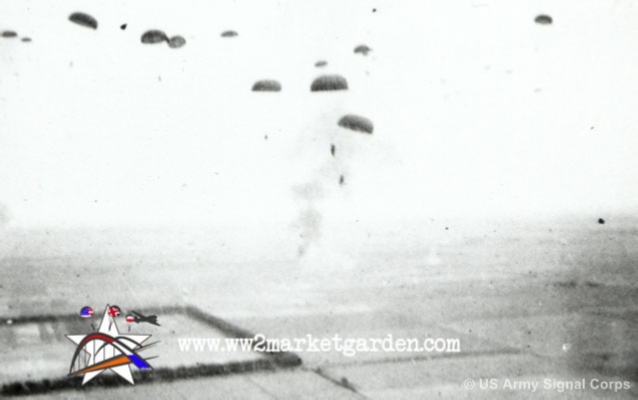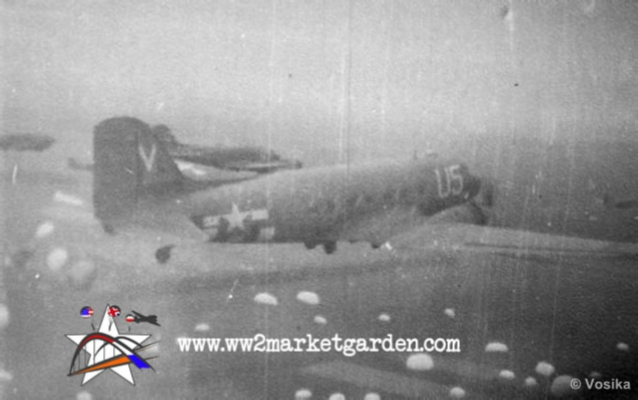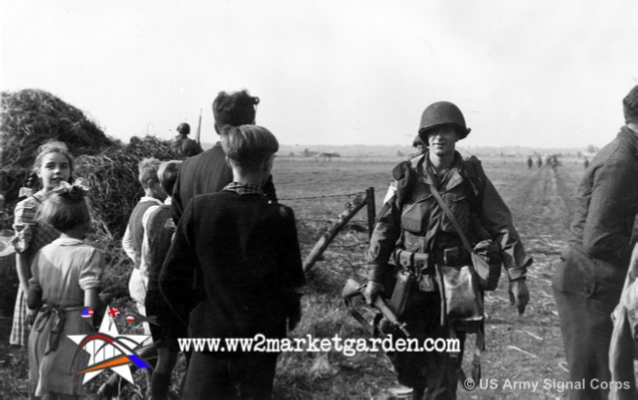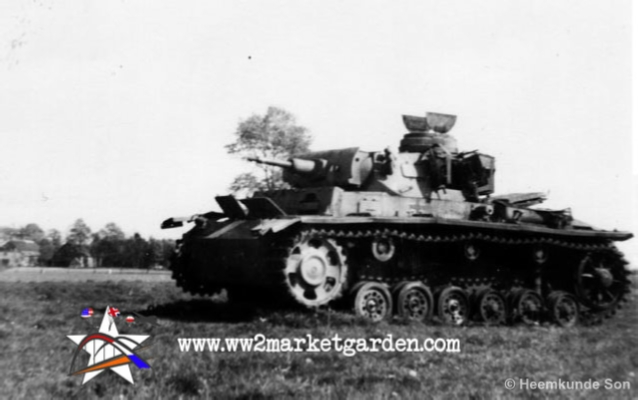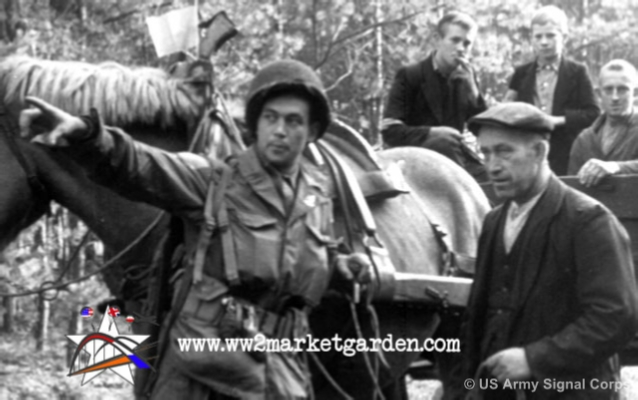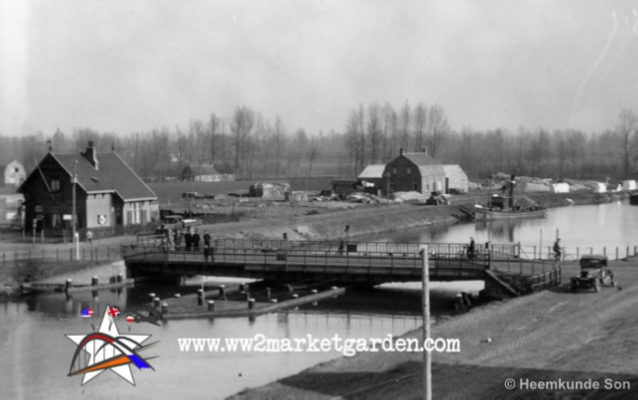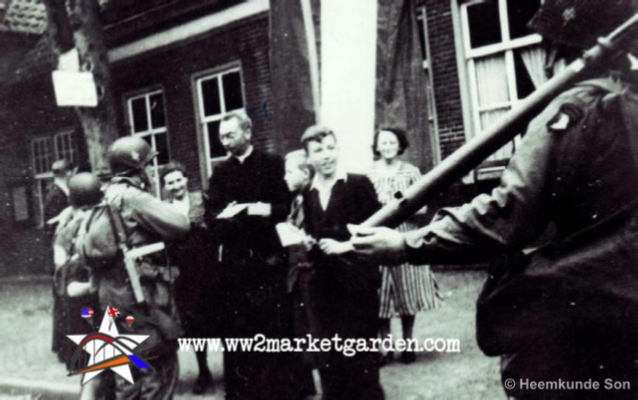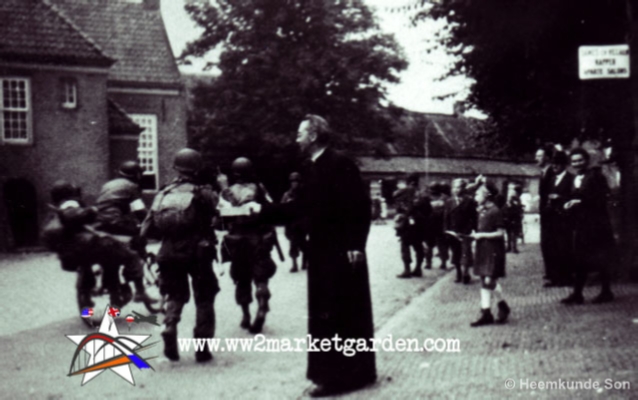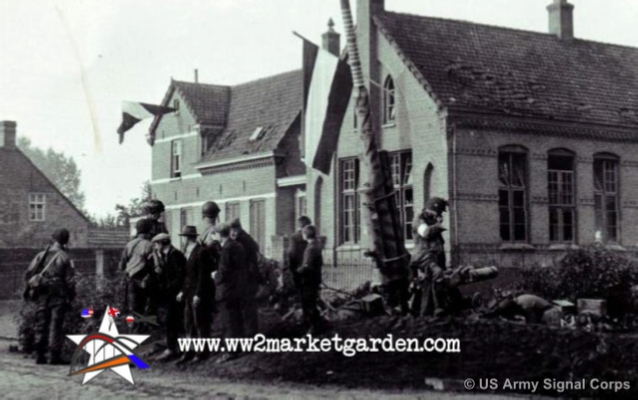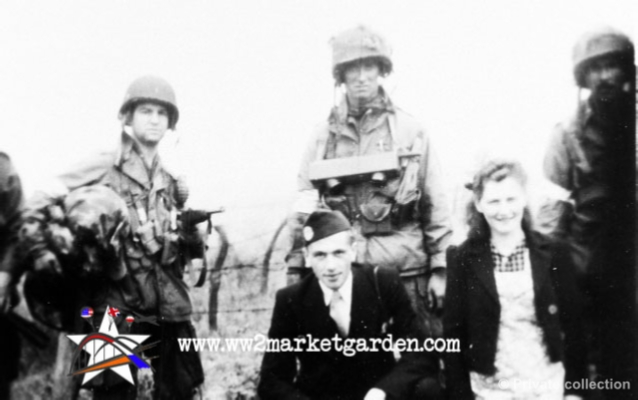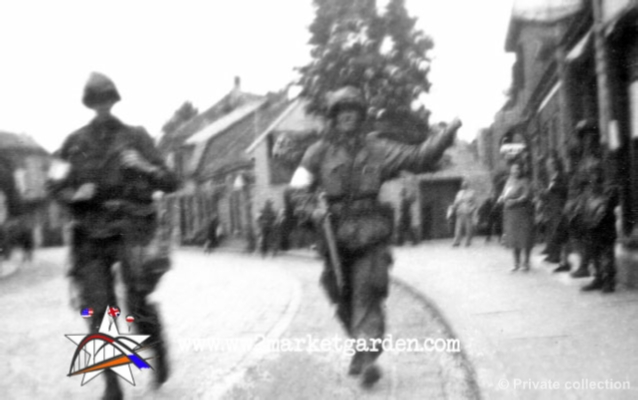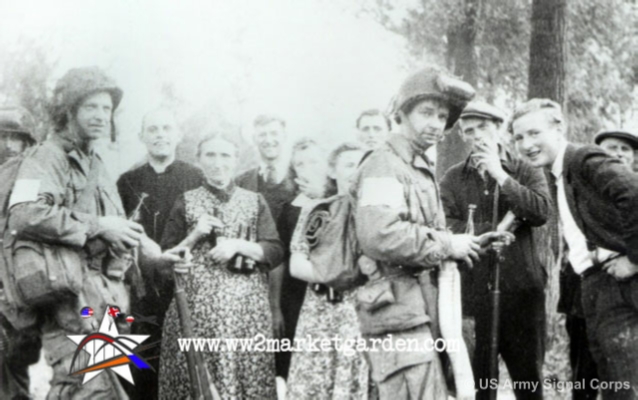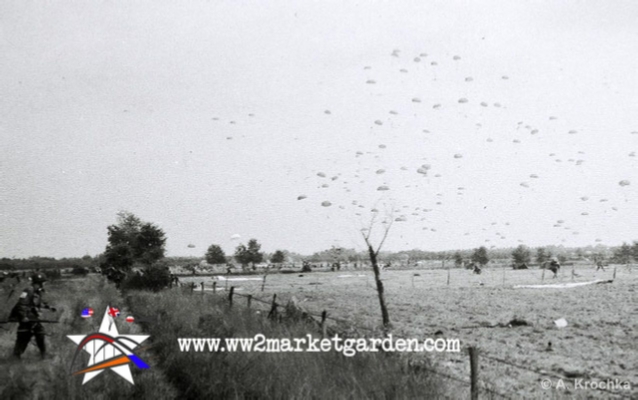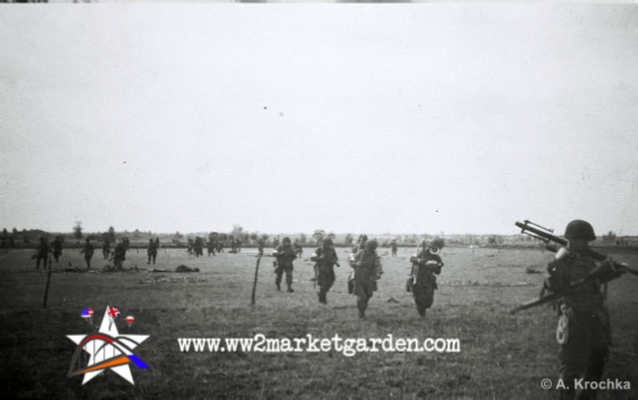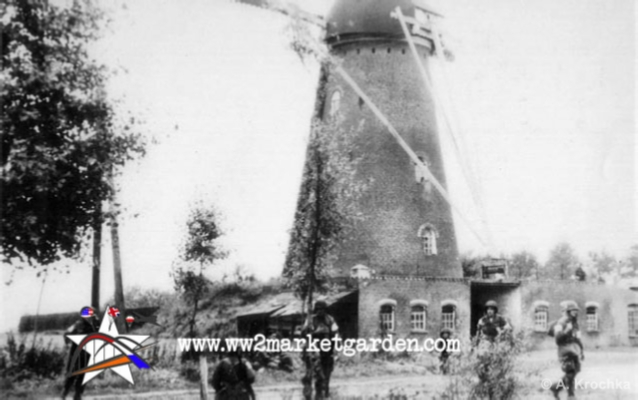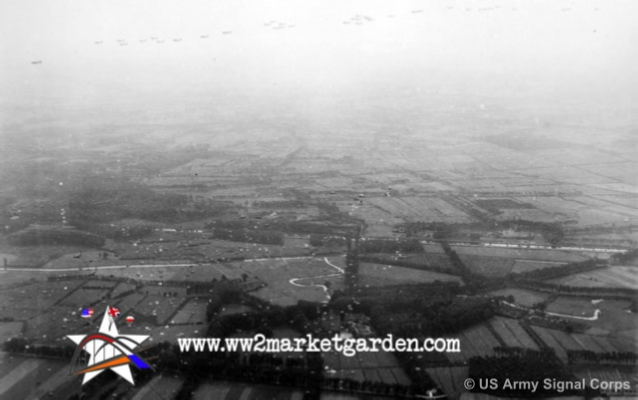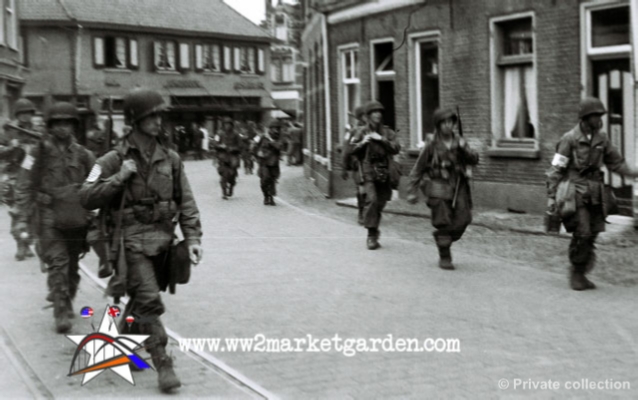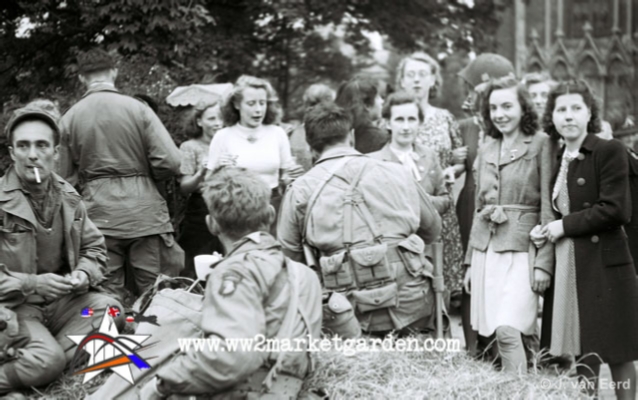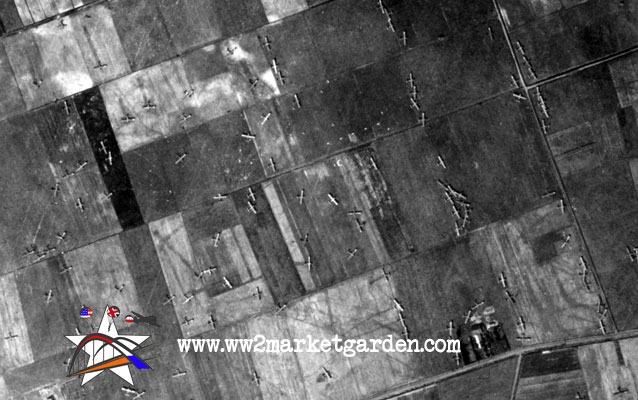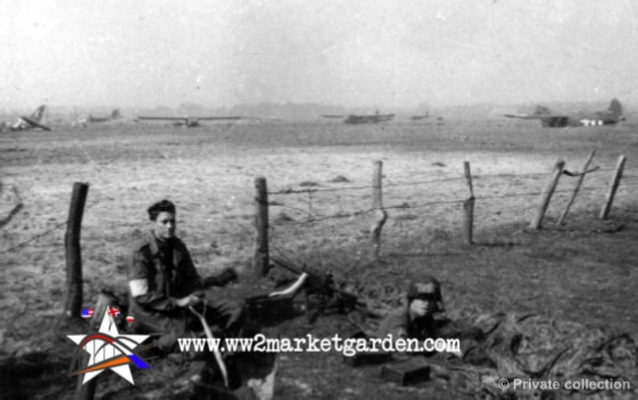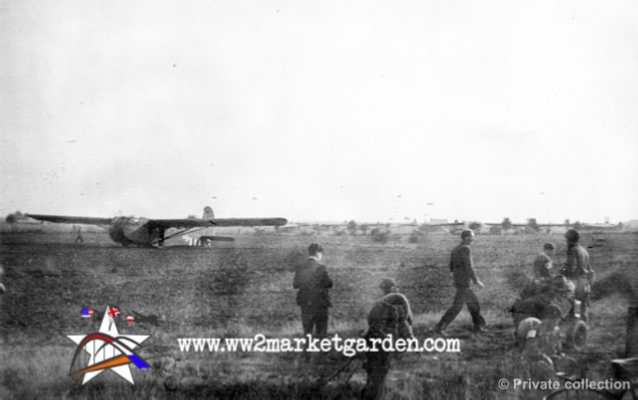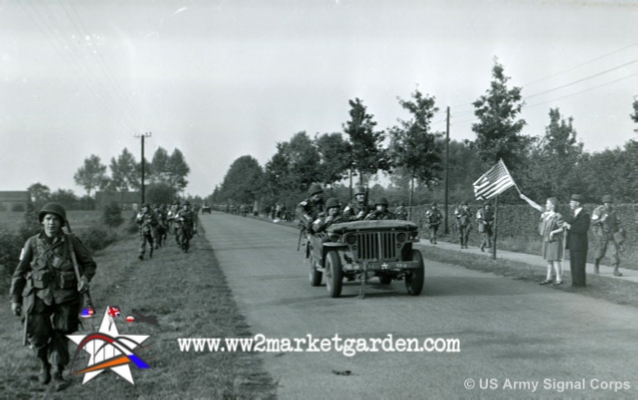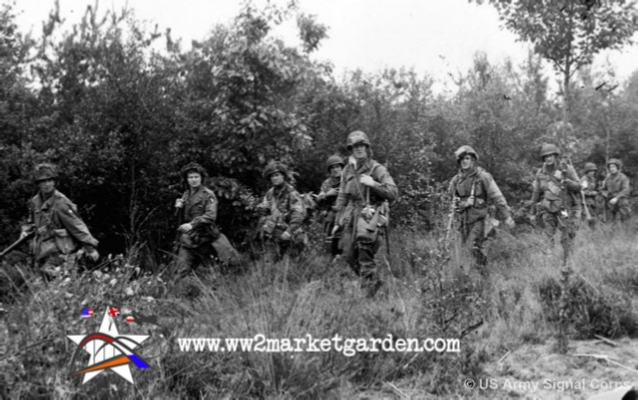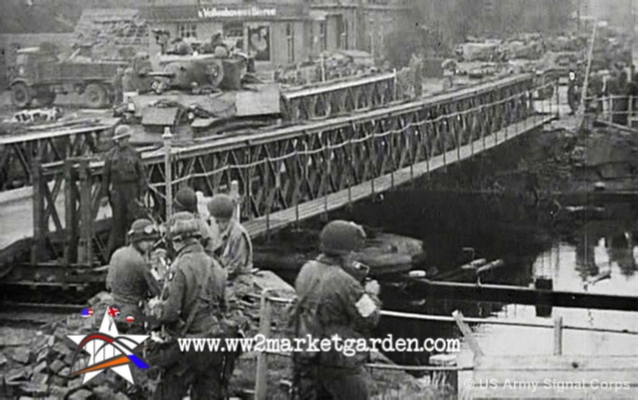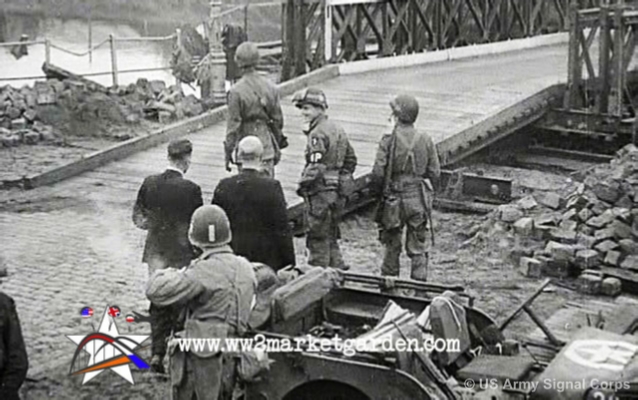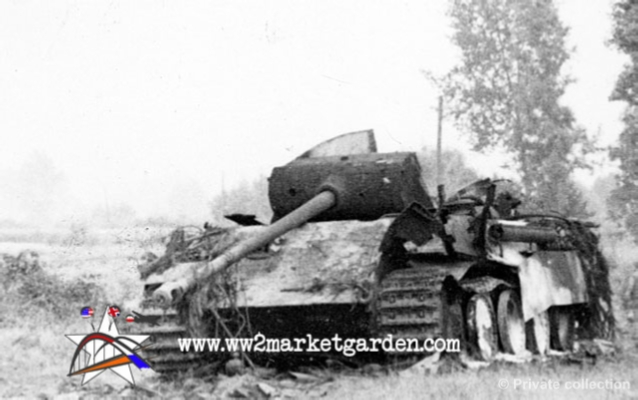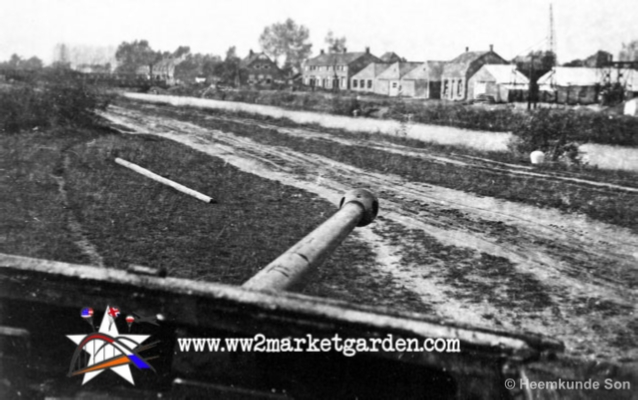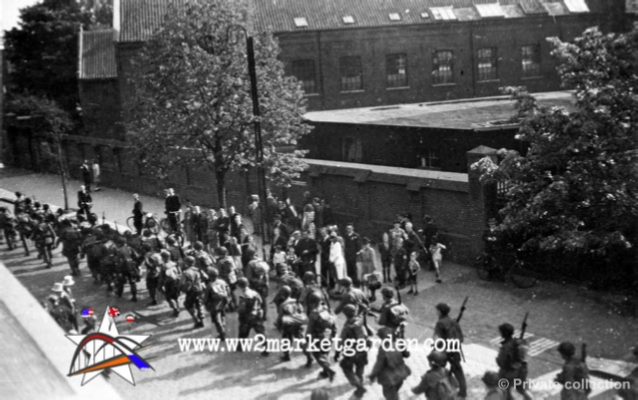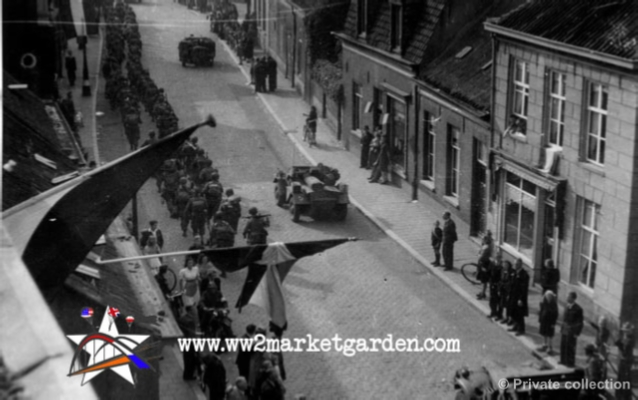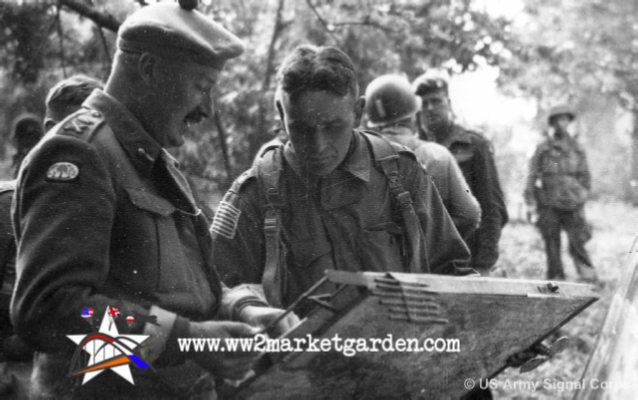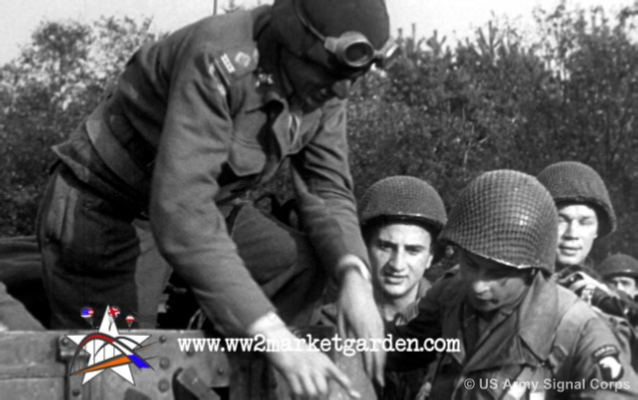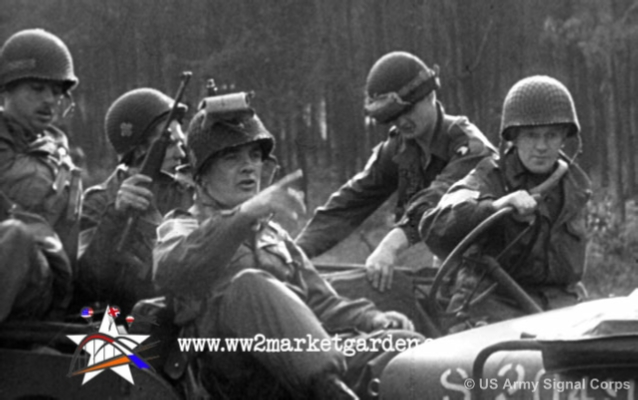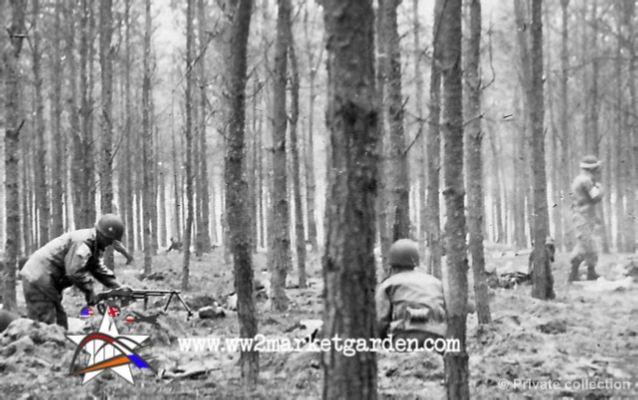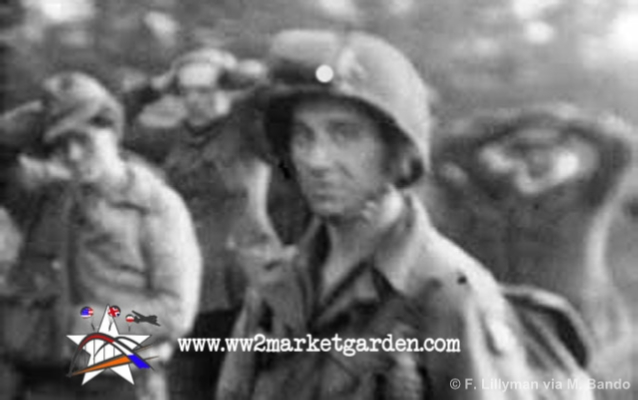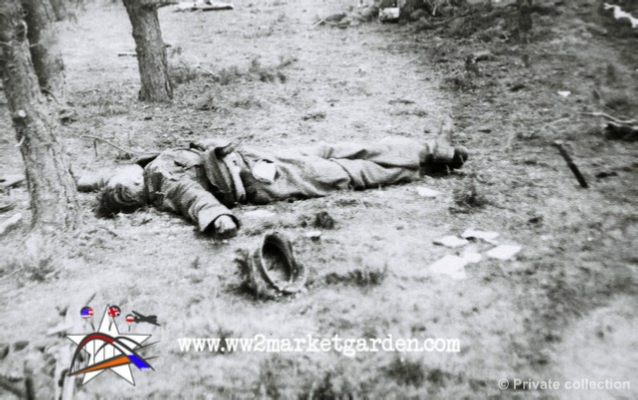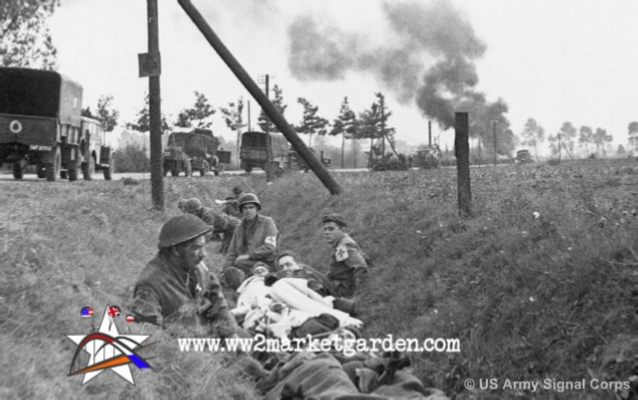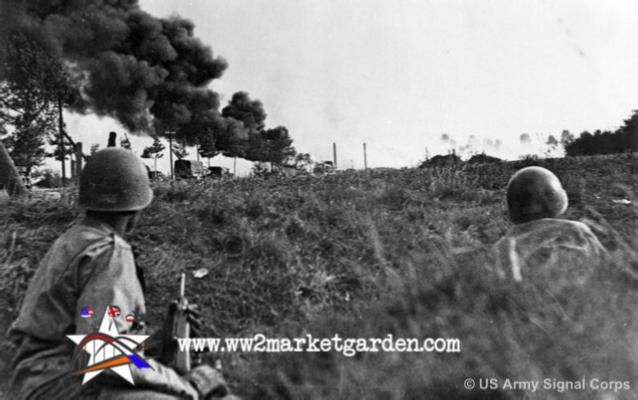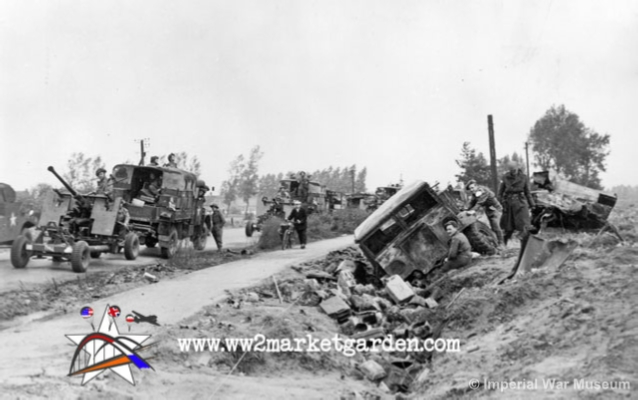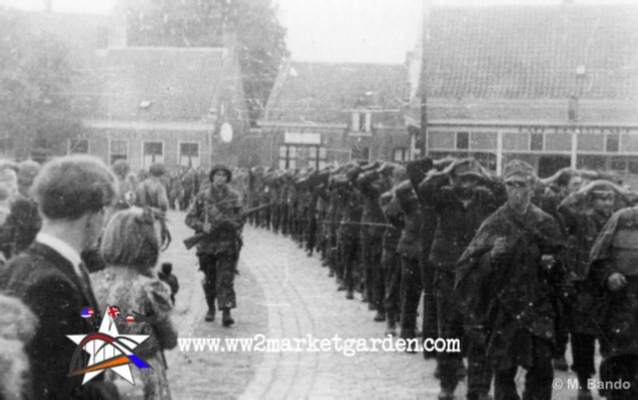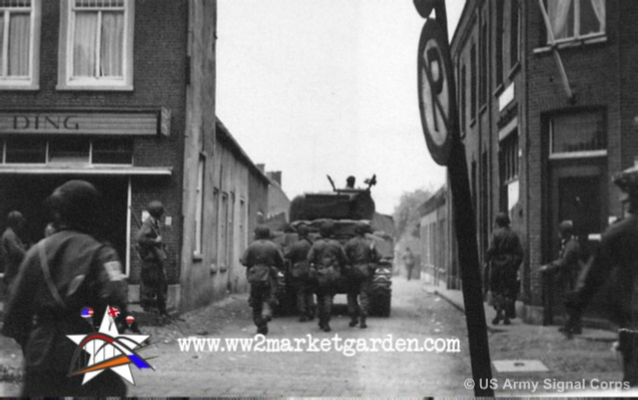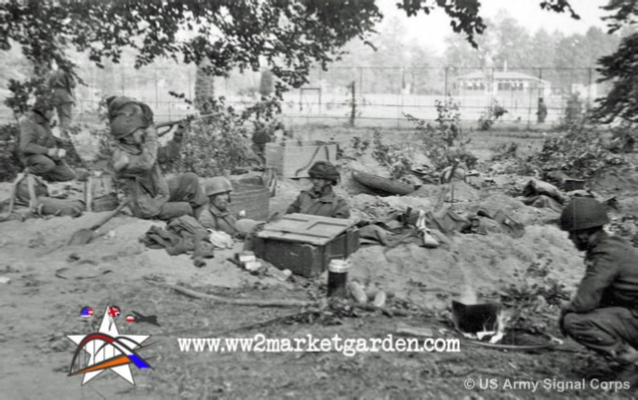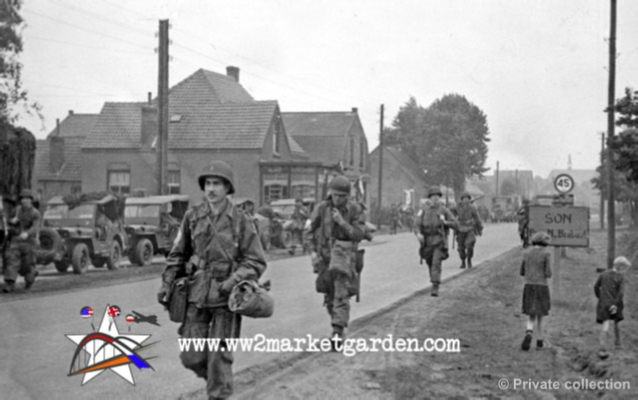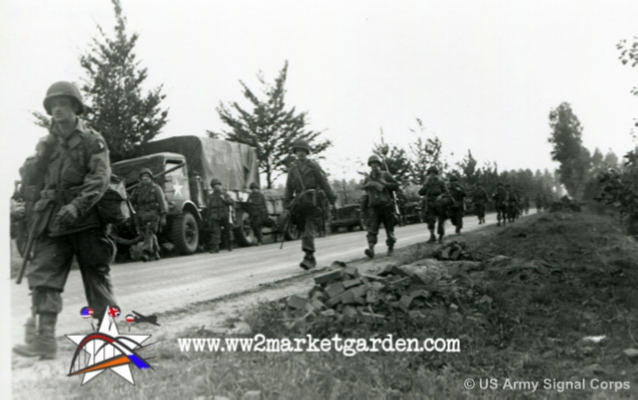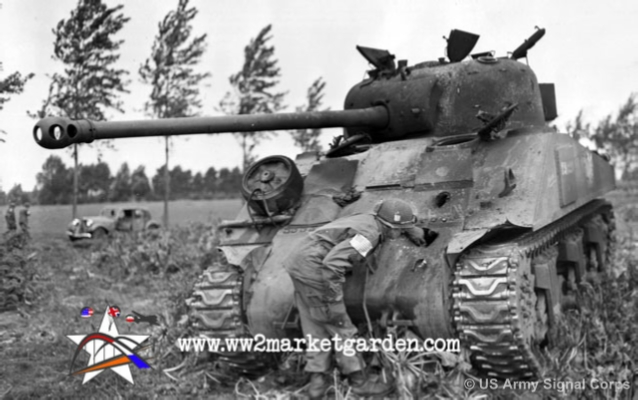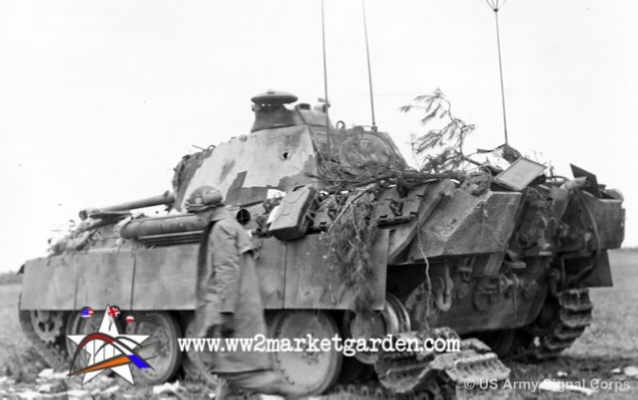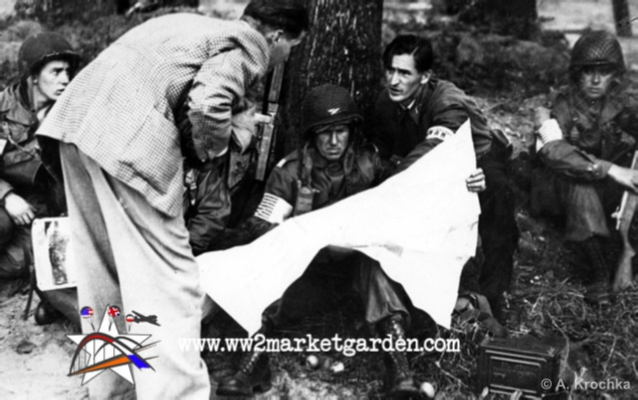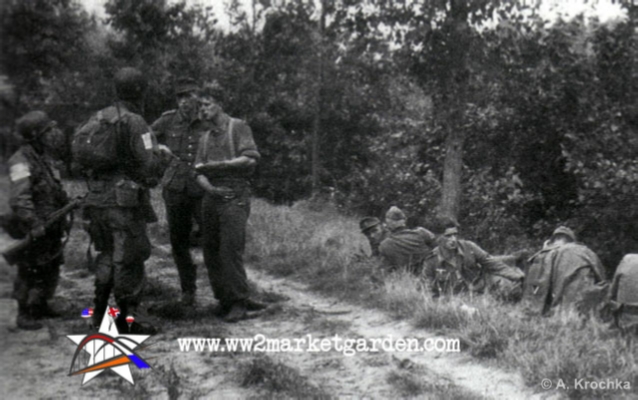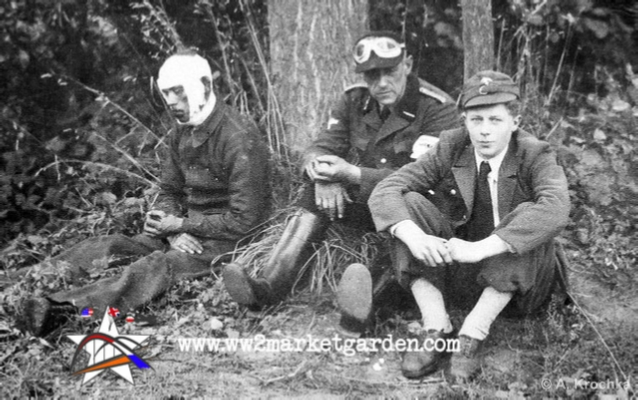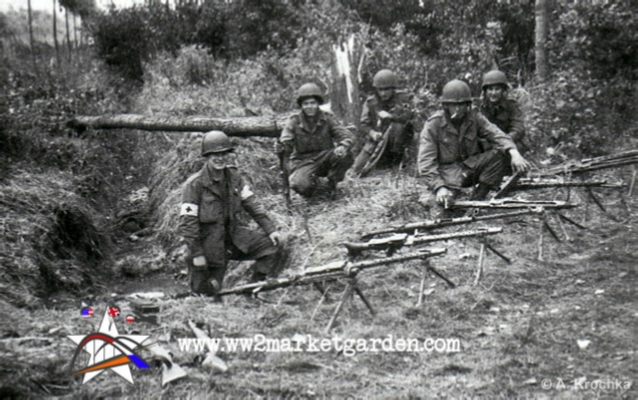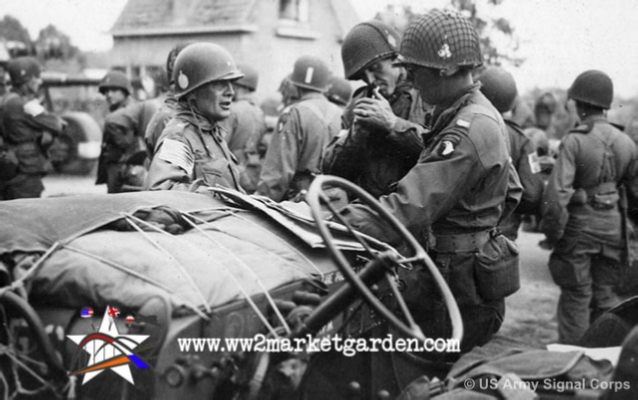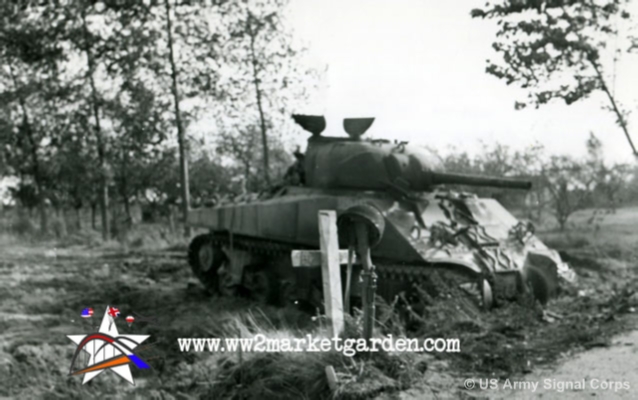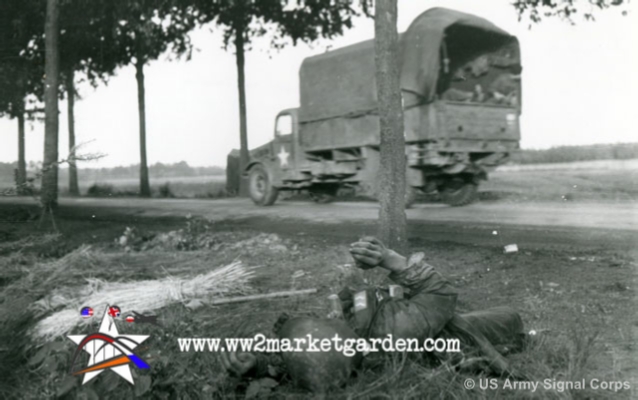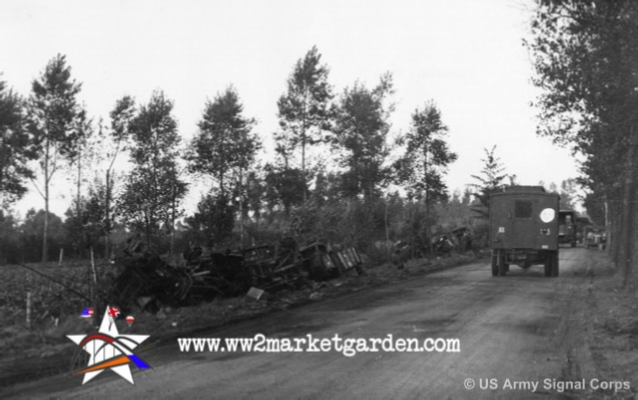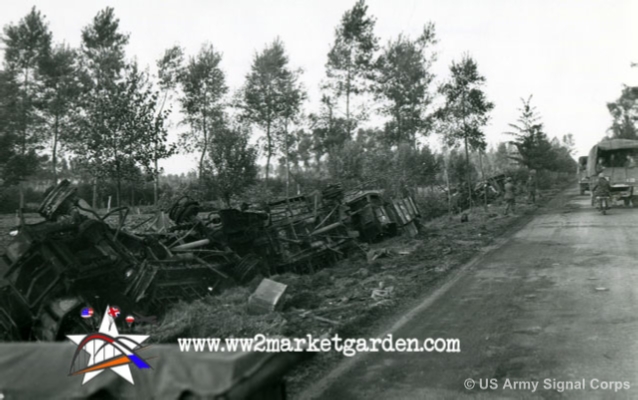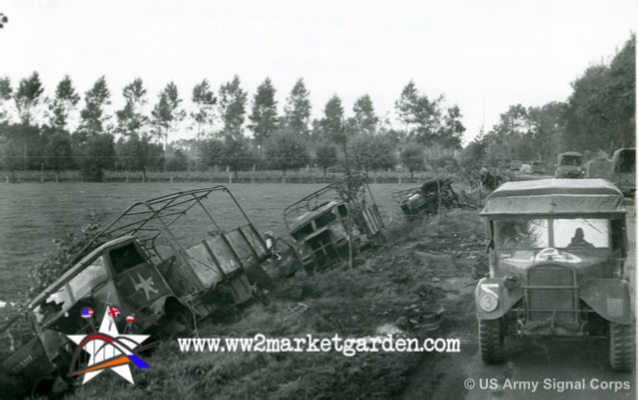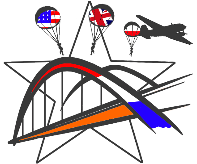
© WW2 Market Garden –
MARKET GARDEN –
17 September 1944:
The 101st Airborne Division assigned four drop zones to land paratroops and one landing zone for gliders. The main force of the 501st Parachute Infantry Regiment and elements of the 326th Airborne Engineers Battalion were the first to land at drop zone A (see map) at Eerde. 1st Battalion was assigned to Drop zone A1, just west of Veghel, in between the Aa river and the Zuid-
All the other units of the 101st Airborne Division were assigned to Drop zone B and C and Landing zone W (see map). The 502nd Parachute Infantry Regiment jumped on drop zone B, the 506th Parachute Infantry Regiment on drop zone C. Elements of the 326th were assigned to both regiments. On landing zone W, 53 gliders landed containing the 326th Airborne Medical Company, jeeps and elements of signal corps, recon and HQ. The rest of the glider landings were scheduled for the following days. Betting Sites Not on GamStop
The 502nd were assigned with the task of capturing the Dommel bridges at Sint-
The 506th had to capture the bridge over the Wilhelmina canal at Son and move further south to Eindhoven and secure four bridges over the Dommel river. They achieved none of their tasks on the 17th. They assembled quickly, marched towards Son but were met by a German 88 mm gun in the center of Son which stopped the advance. 1st Battalion tried to bypass the town on the west and flanked the German position, but they were stopped by two 88 mm guns positioned at the canal, inflicting many casualties in the ranks of the paratroops. The paratroopers of the 506th moved up the main road quickly, took out the 88 mm guns and forced their way towards the bridge. The enemy had halted the troops of the 506th long enough to wire the bridge with explosives and once the first paratroopers neared the bridge, they blew it up sky high. The engineers prepared a small wooden bridge over the canal and two battalions crossed, but it wasn’t big enough to get the battalions across quickly. Colonel Robert Sink, commander of the 506th ordered his troops to dig in just south of the canal, they would try to take Eindhoven the next day.
18 September 1944:
In the morning the 506th assembled 2nd and 3rd battalion and moved out towards Eindhoven. 1st Battalion had suffered many casualties at Son and would follow the main force later in the afternoon. It didn’t take long for the Germans to respond to the attacking force. On the outskirts of Eindhoven the paratroops were met by 88 mm guns and heavy machine gun fire. Slowly the troops advanced and after an intense battle two 88 mm guns were destroyed, prisoners were taken and the troops continued to the bridges. The four bridges over the Dommel river were taken without a fight and the 506th formed a defensive perimeter. Early in the afternoon two armored cars from XXX-
The lines of the 501st at Veghel and the 502nd at Sint-
At 13.00 hours, the next serial of gliders landed on Landing zone W, flying in elements of the 327th Glider Infantry Regiment, artillery and other supporting units of the 101st Airborne Division. These landings were very successful.
19 September 1944:
During the night the British engineers worked hard to finish the Bailey bridge at Son. In the morning, the 506th in Son witnessed the first tanks of XXX-
Troops of the 506th in Eindhoven received their marching orders. 2nd battalion was sent to Helmond, Mierlo and Nuenen. 3rd battalion moved out towards Wintelre, Oerle, Veldhoven and the airfield west of Eindhoven. 2nd battalion didn’t get very far. They bumped into troops of the 107th Panzer Brigade and were overwhelmed. They quickly retreated back towards Eindhoven.
On landing zone W more supporting units of the 101st Airborne Division landed, including artillery and anti-
In the meantime the 501st at Eerde and Veghel was faced by a strong German attacking force. The Germans attacked from the West sending in troops from the Schijndel area. The fighting force (Kampfgruppe) consisted of regular infantry, Luftwaffe troops but also troops of the elite Fallschirmjäger Regiment 6, which had fought XXX-
In the evening of the 19th, the sky above Eindhoven was lit by flares. Suddenly planes were heard, but this time it weren’t allied planes flying in paratroops, but German bombers. The Luftwaffe was ordered to attack the corridor by bombing the narrow streets in the city of Eindhoven. Over 230 civilians were killed during the bombing raid and hundreds more were injured.
Today, the troops of XXX-
20 September 1944:
Company C of 1st battalion 501st Parachute Infantry Regiment were sent to the castle at Heeswijk to see if the wounded troops that were left behind were still there, but no one was found. Colonel Harry Kinnard, commander of 1st Battalion of the 501st, ordered Company C to dig in while company A and B attacked westward from Veghel towards Heeswijk. The patrol group acted as a dustpan while the attackers acted as a broom, cleaning the area of German paratroops in between the Aa river and Zuid-
The troops at Son were again under attack by tanks of the 107th Panzer Brigade. They didn’t attack in full force, but shot at the column moving up north from afar, taking out numerous vehicles. The enemy tanks at Son eventually pulled back, but the fighting all along the corridor continued throughout the day.
21 September 1944:
1st and 3rd battalion of the 501st was ordered by Lt-
The 502nd was still under enemy attacks in Sint-
With the 107th Panzer Brigade still somewhere in between Eindhoven and Son, the paratroopers of the 506th together with tanks of XXX-
22 September 1944:
With the corridor at Eindhoven and Son now being cleared of enemy troops, the entire 101st Airborne Division now set up new positions around Sint-
The 501st attempted a new attack on Schijndel from the positions they reached the day before, now with tank support from XXX-
The Germans had formed two Kampfgruppen to attack the corridor at Veghel. Kampfgruppe Hüber, consisting of troops of the regular army outfits, Fallschirmjägers and Luftwaffe troops, on the west of the corridor. And Kampfgruppe Walther, consisting of the 107th Panzer Brigade, three SS battalions, Luftwaffe troops and regular infantry on the east of the corridor. While the 506th was marching north towards Uden from Veghel, the German attacked the corridor at Erp with full force. Tanks and infantry attacked swiftly. The paratroopers of the 501st, 506th, 327th and supporting units were able to withstand the attacks, but the Germans put up a good fight. Simultaneously the Germans attacked Eerde and the Coevering. The paratroopers could just barely hold on to the corridor together with XXX-
Even though the enemy attacks were halted, the Germans were able to hold on to the corridor in between Veghel and Uden. The bridges were held, but the corridor was still under pressure at the Coevering. With units of XXX-
23 September 1944:
Horrocks of XXX-
24 September 1944:
In the morning of the 24th, the 501st at Eerde was totally surprised by the Germans. During the night the Germans had dug in around Eerde without the American defenders noticing. The enemy created strong positions in the sand dunes surrounding Eerde. These troops belonged to Fallschirmjäger Regiment 6, commanded by Oberstleutnant Von der Heydte. He ordered his troops to open up on the American defenders, catching them totally off guard. Eventually the troops of the 501st were able to breakthrough a German line in the south of the sand dunes area and mopped up German defenses after heavy fighting and hand-
While von der Heydte attacked the troops at Eerde, Kampfgruppe Jungwirth, commanded by Major Hans Jungwirth, cut the corridor in the Coevering. Numerous British vehicles that were waiting to travel north were taken out by the Germans. Jungwirth had good tank support and once he took the Coevering, von der Heydte immediately sent reinforcements to strengthen Jungwirth’s positions. Even after numerous attacks by the 101st Airborne Division’s troops, the Germans were able to hold on to this stretch of road for two days.
26 September 1944:
A simultaneous attack was carried out on the Coevering by troops of the 502nd and 506th of the 101st Airborne Division, supported by troops of the British 50th Northumbrian Division and 44th Tank Regiment. Together they were able to push back and crush the German defenses and reopen the corridor. Germans eventually pulled back out of the area because their situation became too precarious with VIII and XII-
Until the end of September the 101st Airborne Division was put into action to keep their sector clear of enemy forces. In the beginning of October the division was transferred to ‘de Betuwe’ (the paratroopers of the 101st refer to this as ‘the Island’) just north-
